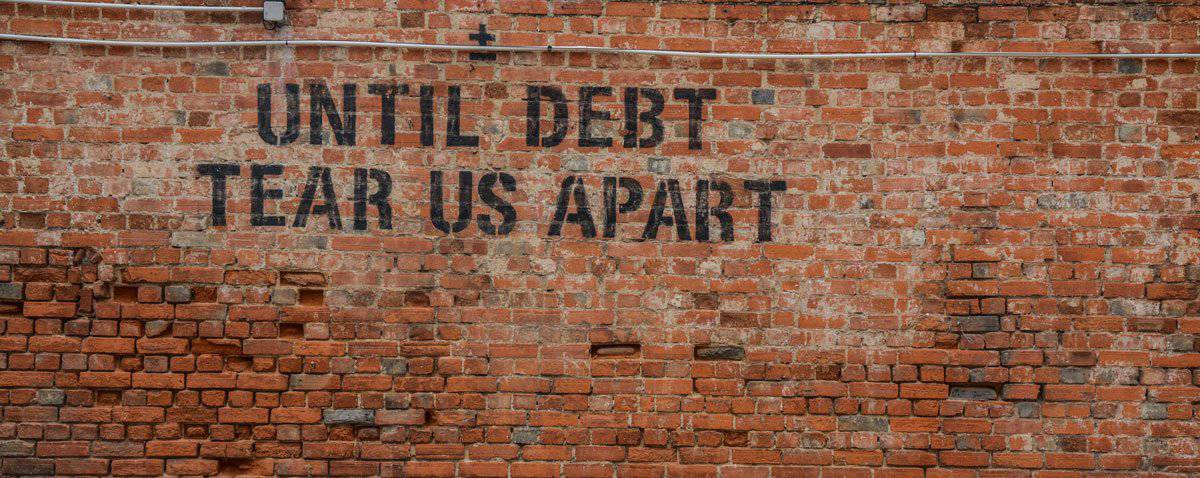Wanted: Purpose, Passion and Community
When I was in Denver a few weeks ago for the annual Rendez-Vous of the Purposeful Planning Institute, I met a bunch of interesting people, as usual.
Having been there the past five years, I’m starting to see many familiar faces each time I return, which is great, of course.
And I always meet interesting new people every year as well.
Attendees come from a whole bunch of different backgrounds and professions, and occasionally I meet folks from areas where I’ve had no contact or experience.
Such was the case with the young women I met from Koplin Consulting.
Addiction Treatment
Koplin offers in-home counselling, treatment and recovery services for those working through addictions.
I’m fortunate to not have ever been in the market for those services for my family or for client families – yet (?).
I ended up at the same table over meals with all three of their representatives at the conference and I found them very refreshing.
During one of these discussions, it was mentioned that the key to successful recovery usually involves people finding strength in three places: Purpose, Passion and Community.
The “Trifecta”
When I hear about something that works in one area of life, I’m compelled to see if it could also apply elsewhere.
So today I want to look at those three elements from the perspective of families who are hoping to transition their wealth down through the generations.
I just searched each of those words on my website to confirm that I have actually addressed them all in this space over the years, several times, but not yet in the same post.
Family Purpose
For a family to be successful in passing down their wealth to the rising generation, it’s really helpful if they have some sort of shared purpose.
When a family undertakes the work necessary to figure this stuff out, they often start by trying to analyze everyone’s values first.
From individual values, they typically try to identify a handful of common values that everyone in the family can agree on.
Finding a common purpose becomes easier once you’ve decided on those shared values.
Individual Passions
Just like everyone has their own set of values, each individual will have their own passions.
But unlike the values, where we hope to find a few in common, to help lay out a clear family purpose, the individual passions should be looked at for each person separately.
Everyone has different things that make them tick, talents that they exhibit that set them apart, and activities that they do so well that when they’re doing them, it doesn’t ever feel like work.
Human Capital
The special talents, skills and passions that each person possesses are part of the family’s “human capital”, and ways should be found to leverage each person’s individual strengths.
Families that are able to harness the best from every member of the family will have a much easier time keeping their family wealth together for coming generations.
Part of a Community
When it comes to the “community” aspect of a family, I think the most common element is how much time
family members actually spend together.

And while that isn’t something that you’d measure with a stopwatch, there really is no substitute for “face time” in the old sense of the word.
Technology has made it much easier for people who are physically separated to be in regular contact, and that’s great, but to be successful at keeping their wealth in the family over generations, some regular contact is a prerequisite.
Wanting to Spend Time with Family
As I work with various families, it’s pretty easy to see which ones have got the community aspect figured out and which ones never will.
In many ways, it has more to do with wanting to spend time together, and looking forward to lots of interaction than it does with the amount of time they actually spend as a group.
Putting it All Together
Families wanting to benefit from the Purpose-Passion-Community idea can do so by spending time together working on their common values to drive a shared purpose.
They should allow each member to work their own passions within that, though, and not try to make everyone the same.
There’s no substitute to spending time together, with everyone bringing their best self. Good luck.



